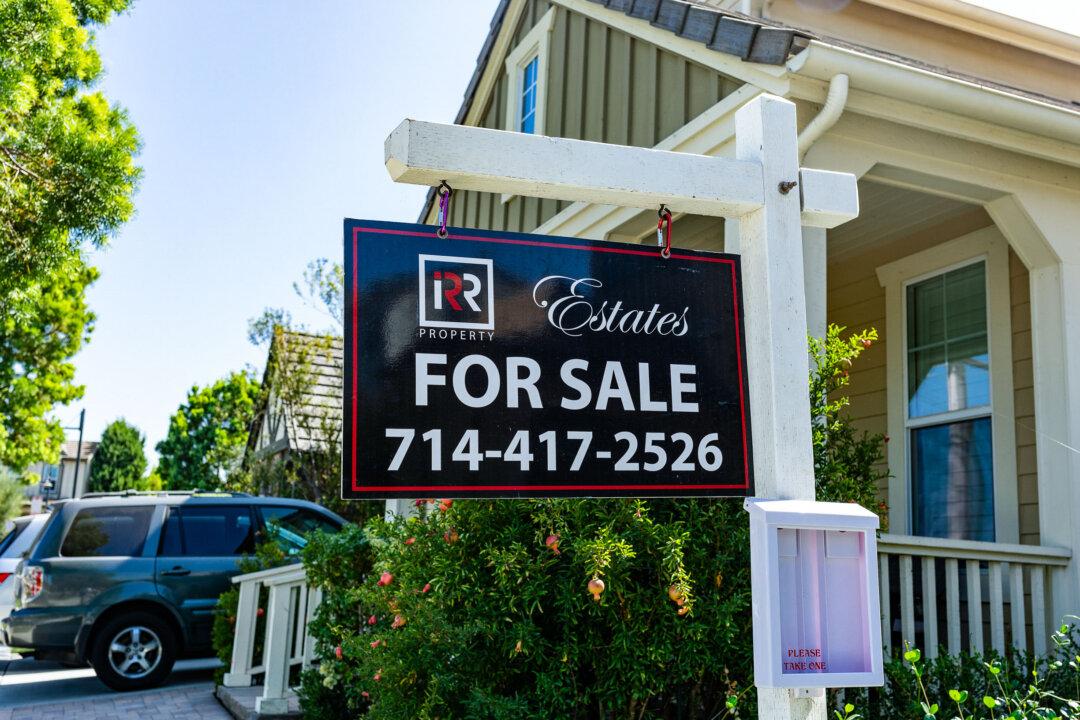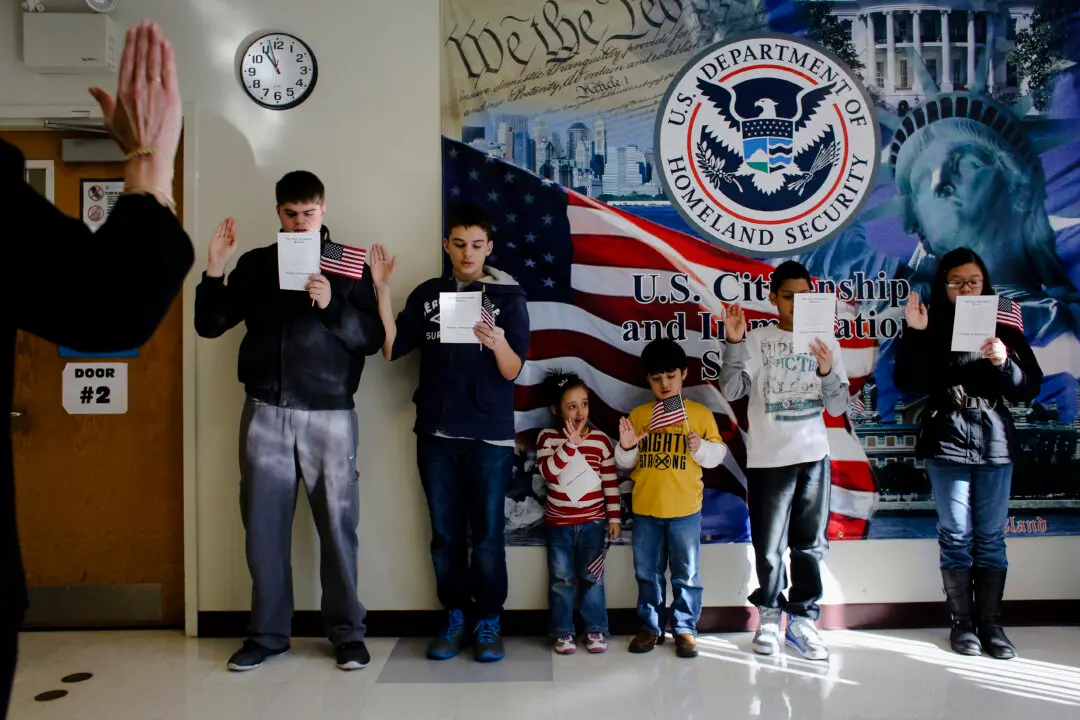Americans who are single face a tougher time paying housing costs than their married counterparts, with many of them more likely to skip meals to make such payments, according to real estate brokerage Redfin.
“Nearly 70 percent of single, divorced, or separated people struggle to afford their regular rent or mortgage payments, compared to just over half (52 percent) of married people,” the company said in a Feb. 5 statement. “Single people have a harder time affording housing payments largely because they’re typically using just their own income to pay for housing, while many married couples use two incomes.”





